Bank of Canada Cautious About the Outlook
To no one’s surprise, the Bank of Canada left its target overnight rate unchanged at 1/2 percent. The Bank, however, reduced its forecast for the global economy and for the U.S. economy as well, suggesting that the outlook for Canadian exports is less favorable than earlier forecast. (Table 1 below shows the Bank’s current global forecasts with the January forecasts in parentheses.)
While oil prices are off their lows and slightly above the level forecast by the Bank in January, the central bank now expects deeper cuts in oil sector business investment. The Bank expects crude oil prices to remain low (Chart 2). The Canadian dollar has increased sharply from its lows earlier this year, “reflecting shifting expectations for monetary policy in Canada and the United States, as well as recent increases in commodity prices.” The loonie has surged 15% in less than three months to its strongest level in since mid-2015. This, of course is bad news for exports, and the Bank played down the outlook for Canadian growth in its policy statement and Monetary Policy Report (MPR).
The Bank suggested the surprising strength in the first quarter is in part due to temporary factors and will reverse in the second quarter. Their estimate of output growth in the first quarter is now 2.8%, below consensus private-sector estimates of 3+%, slowing to 1% output growth in the second quarter. The Bank re-emphasized that the structural adjustment to the decline in oil prices is ongoing and will dampen growth over the next three years. This is a more pessimistic, but realistic view than the Bank took a year ago.
The Bank’s forecast for growth this year and next is significantly less optimistic than many market watchers expected, especially in light of the recent strengthening in the employment and monthly GDP data. The Bank’s Governing Council suggested that had it not been for the recent budget’s fiscal stimulus, the growth outlook would have been revised down from the January outlook. Including the effects of the budgetary easing, the Bank now forecasts Canadian growth this year at 1.7%, next year at 2.3% and and 2.0% in 2018. Slower foreign demand growth, the higher Canadian dollar and a downward revision to business investment all have negative impacts on the outlook but are more than offset by the positive effects of the fiscal measures announced in the federal budget in March.
The Bank of Canada also revised down its estimate of potential growth in the economy to roughly 1.5%, mainly reflecting slower growth in trend labour productivity as a result of weaker investment. The new growth profile, combined with the revised estimate for potential, suggests the output gap could close somewhat earlier than the Bank had anticipated in January, likely in the second half of 2017. Inflation is expected to remain at or below the target rate of 2%.
Bottom Line : Caution is the watchword for today’s Bank of Canada policy report.
This article was written by DLC Chief Economist Dr. Sherry Cooper and originally appeared on the Dominion Lending Centres blog.
Share
RECENT POSTS






